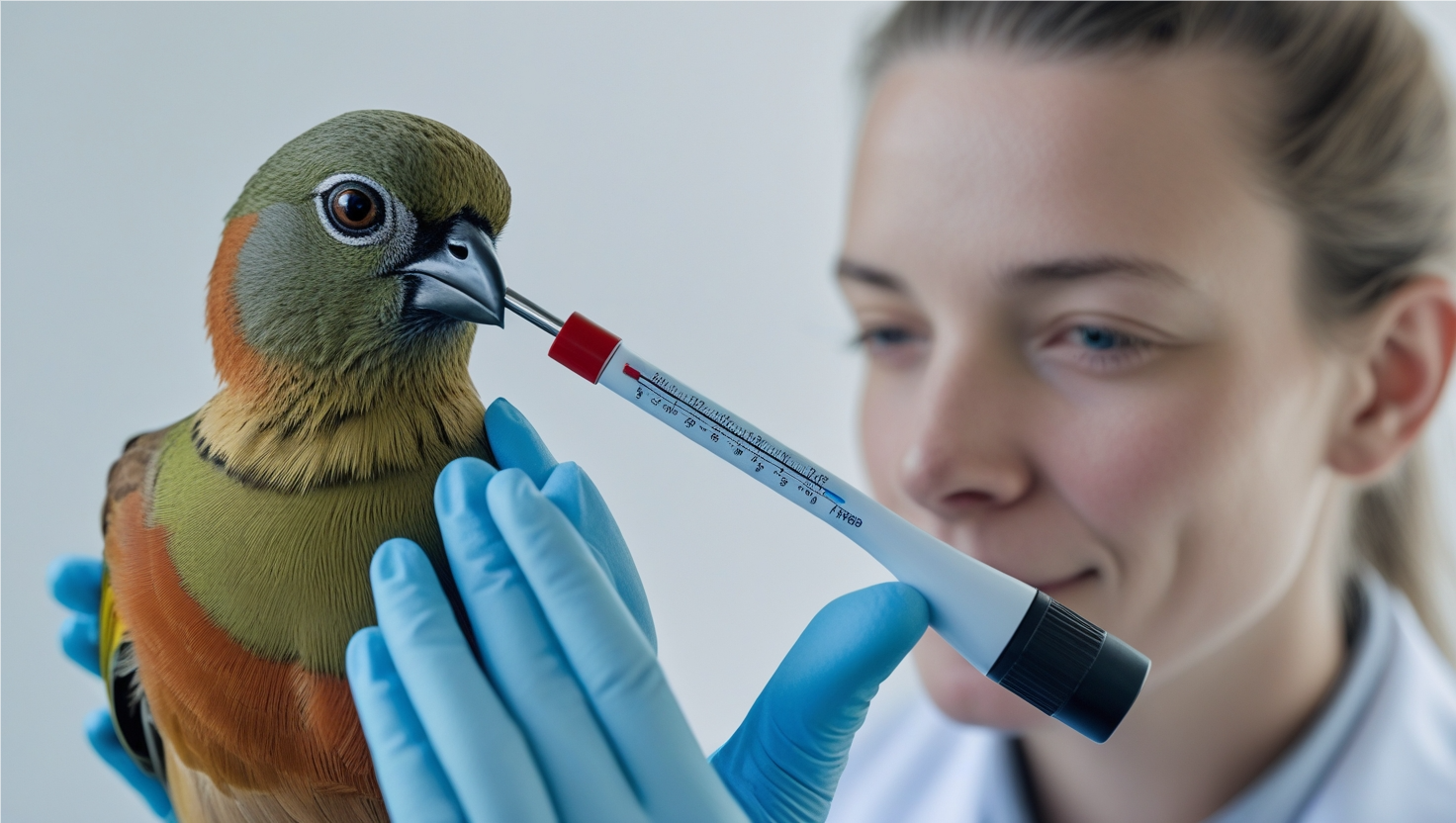
Surge in Pest Populations Expected This Spring, NPMA Reports

Extreme weather swings across the U.S. have set the stage for increased pest activity this spring and summer. The National Pest Management Association (NPMA) has released its bi-annual Bug Barometer, providing pest management professionals (PMPs) with insights into what to expect in their regions.
Unpredictable Weather Fuels Pest Surges
From record snowfalls to unseasonably warm temperatures, shifting weather patterns are accelerating pest activity. NPMA entomologists have analyzed weather data, long-term forecasts, and pest biology to predict a surge in pest encounters, including ticks in backyards, mosquitoes at outdoor events, and ants and cockroaches invading homes.
"Spring and summer are already peak pest seasons, but this year’s irregular weather patterns are making the problem worse," said Dr. Jim Fredericks, Senior Vice President of Public Affairs at NPMA. "Our Bug Barometer helps homeowners and businesses understand what’s coming so they can take action early to protect their homes and health."
Regional Pest Predictions
Northeast & New England
A warm, wet spring could lead to an early boom in ants and ticks. As summer heats up, expect an increase in stinging insect activity.
Southeast
Despite a record-breaking winter, warming temperatures and spring rains will bring mosquitoes and termites back fast. Tropical storms could further boost mosquito and fly populations later in the summer.
Great Lakes, Ohio Valley & Midwest
With warm temperatures and high moisture levels, ticks are likely to emerge earlier than usual. As summer humidity rises, mosquito, ant, and stinging insect populations will also see a significant surge.
North Central
Drier conditions may initially slow pest activity, but once the rain arrives, ants and cockroaches will return in force. An early spring could also bring ticks out ahead of schedule.
South Central
Intermittent rainfall and tropical storms will create standing water, fueling mosquito populations. As the summer heat intensifies, ants and cockroaches will move indoors in search of water.
Northwest
A warm, wet spring could lead to an early tick season in the Intermountain region. Meanwhile, lower rainfall levels in the Pacific Northwest may push earwigs and cockroaches into homes. If the summer remains cool and dry, expect pest issues to persist.
Southwest
Spring moisture will trigger a rise in mosquito activity. As the season transitions to hotter, drier conditions, ants, cockroaches, and rodents will head indoors for relief.
Why This Matters
"Several of these pests aren’t just a nuisance – they can spread disease and cause costly damage to homes and buildings," Fredericks warned. The NPMA urges proactive pest control measures to mitigate risks and protect properties before infestations take hold.
For more information on the latest pest trends and prevention tips, visit NPMA’s website or consult a local pest control professional.



